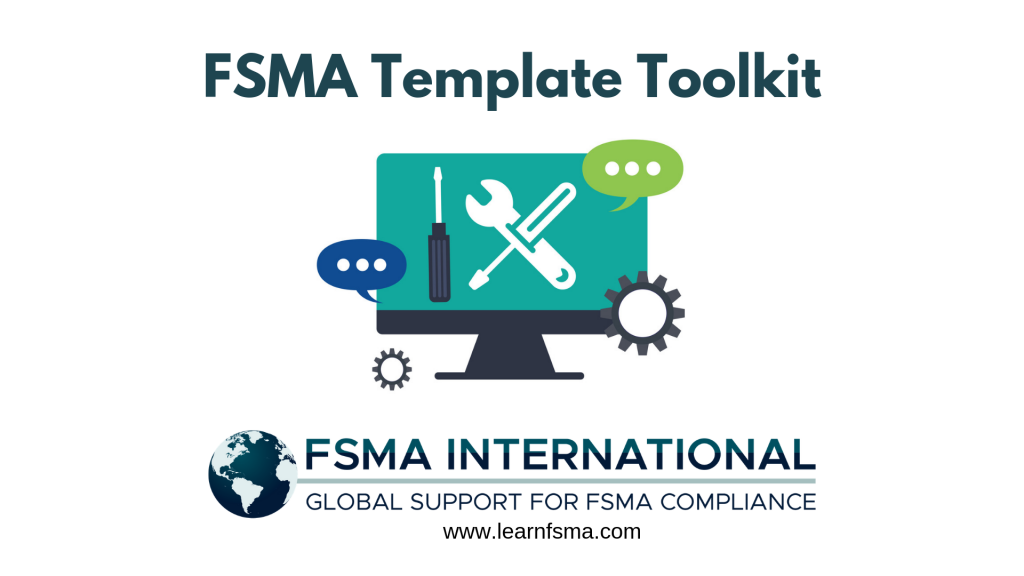
In Chapter 1 of Nancy Scharlach’s new online food safety course, How to Convert HACCP Plans to FSMA Food Safety Plans (AKA HARPC Plans), she gets right to the core of how to do this with her step-by-step process. While there are many companies that already have a HACCP plan with many internal resources in place, there are also companies that may be starting from scratch. Nancy outlines both scenarios and shows you how to organize existing information and use new tools to develop and implement the FSMA HARPC plan.
Comparing HACCP to HARPC
The first step of course is to compare HACCP to FSMA HARPC as there are many differences or add-ons to each of the preliminary steps and the seven principles of HACCP. Each section of your existing HACCP plan must be separated out, since each area will be modified. Even if the changes are minor, it’s important to separate them out so that you become familiar with what each of the add-ons may be. Therefore, the five preliminary steps and the seven principles of HACCP are separated out and tackled one by one.
Become Familiar with FSMA Definitions
Next, it’s important to become familiar with your FSMA definitions or language differences. For example, critical control point vs. preventive controls. There are definitely language differences between HACCP and HARPC, and Nancy covers all this thoroughly in the course.
Modifying Your HACCP Plan Step-by-Step
The third step is to take each section of the HACCP plan and modify it independently so that the work does not seem so overwhelming. For example, with preliminary step number one, your HACCP team now becomes the Food Safety Team. Your team leader is now the specially trained PCQI and is no longer called the HACCP Coordinator.
Obviously, cross-functional team responsibilities are still included, but with these changes you may need to add some additional members because you are now having allergen, sanitation and supply chain controls. Note for example that FSMA has updated the product description to include specific regulatory changes for FSMA such as ensuring allergens are identified by species. HARPC definitely requires more food details around allergen identification. You can no longer just declare “tree nuts”, but you must state the actual species – is it almonds, cashews etc.?
You may need additional help to manage these areas and have them report back to the team, especially since preventive controls adds more critical areas in the food safety plan. Nancy shares her recommendations for a robust cross-functional team for accountability and reminds us that it is not just the PCQI’s responsibility to manage all of these preventive controls – there is just too much work involved in HARPC.
By taking each section from your HACCP Plan and working on it in order from start to finish – the work will seem more familiar and will flow in the right direction to set up the required preventive controls.
Understanding the Add-Ons from HAACP to HARPC
The fourth step is to review and better understand the add-ons from HAACP to HARPC. These will address the key differences and outline what you may need in order to take your particular HACCP plan to HARPC compliance.
 Using the FSMA International TOOL KIT
Using the FSMA International TOOL KIT
In step five, we look at use the FSMA International Tool Kit if applicable, to help navigate through the right documentation that may help complete your HARPC plan efficiently and effectively. You’ll be confident when using this tool that no elements of the plan have been left out. The FSMA Food Safety Plan Tool Kit provides all the necessary documents and tools to complete a full FSMA Food Safety Plan and be FSMA Compliant.
Nancy’s step-by-step process helps existing PCQIs and members of the food safety team to construct a detailed hazard analysis or HARPC plan as now required when processing foods in the USA or exporting products to the USA. It is also a comprehensive review of what and how to apply preventive controls for PCQIs. Developing and implementing your plan correctly is now a regulatory responsibility and requirement.
Whether you are continually improving your existing food safety plans or building a new plan from scratch, this online learning course was designed to take you step-by-step to the successful completion of your HARPC plan to meet regulatory requirements and most importantly, to minimize the risk of a potential and costly recall once products have entered the marketplace.’
Noon International fully supports and highly recommends Nancy Scharlach’s online learning course: How to Convert HACCP Plans to FSMA Food Safety Plans (AKA HARPC Plans)
Lily Noon
